MSU's Oldest Buildings
Mississippi State University’s main campus in Starkville, MS, is steeped in history. Many of its buildings are proud symbols of the institution's rich legacy and ongoing commitment to education and innovation. But most importantly, these buildings tell the tale of people; dedicated students, staff and faculty who lived, worked and walked through their hallowed halls for generations in pursuit of their passions and dreams. We've assembled a list of some of the oldest buildings at MSU, with all of them being built prior to 1910. Take a trip down memory lane and explore the rich history of our beloved Maroon and White campus.
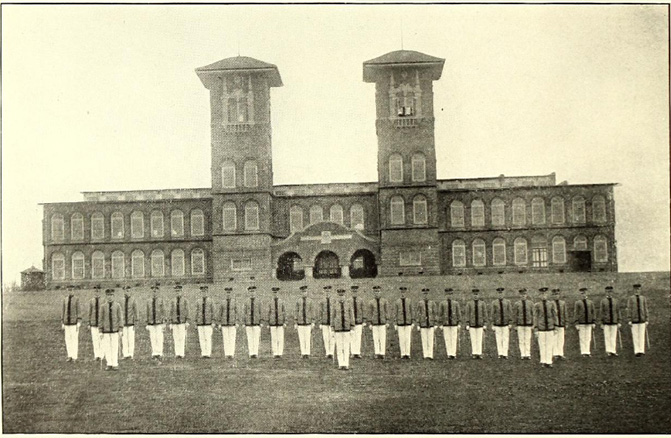
IED Building (1900)
As the oldest building on campus, the IED Building, originally constructed for the textile engineering program, is a testament to MSU's pioneering spirit. Known for its distinctive "Twin Towers," it was the first on campus to be electrified and has earned a place on the National Register of Historic Places. Today, it houses the Department of Instructional Systems Leadership and Workforce Development and the Rehabilitation Research and Training Center on Blindness and Low Vision, continuing its legacy of innovation.
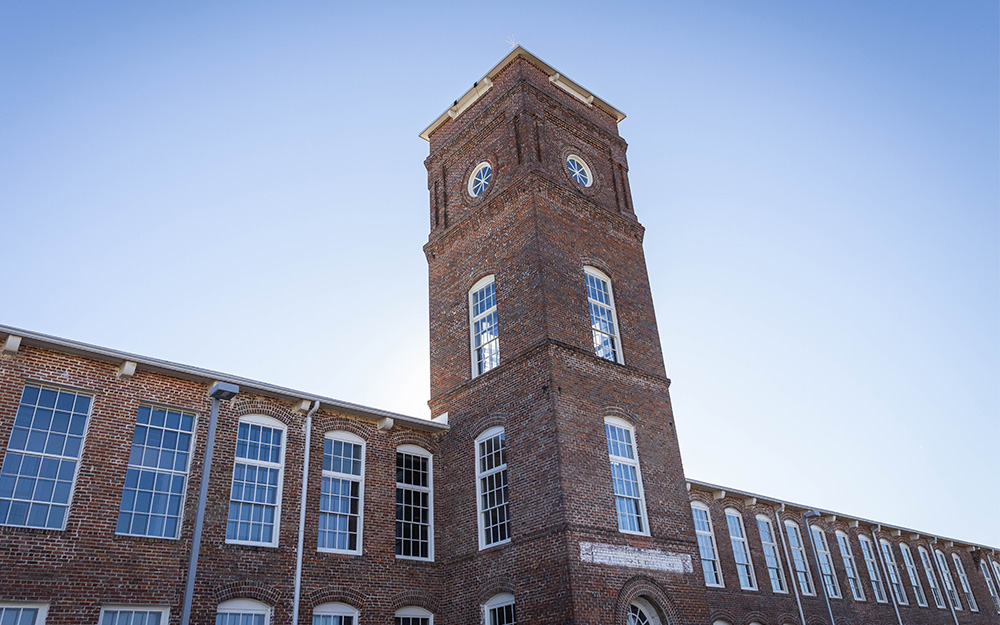
The Mill (1902)
A beacon of progress and industrial might, The Mill at MSU, built in 1902, quickly became a cornerstone of Starkville's economy. Under the leadership of J.W. Sanders and his son, Robert, it grew into one of the nation's leading cotton textile producers. Now a historic landmark, The Mill is home to MSU’s Division of Development and Alumni, symbolizing the university's enduring impact on the community.
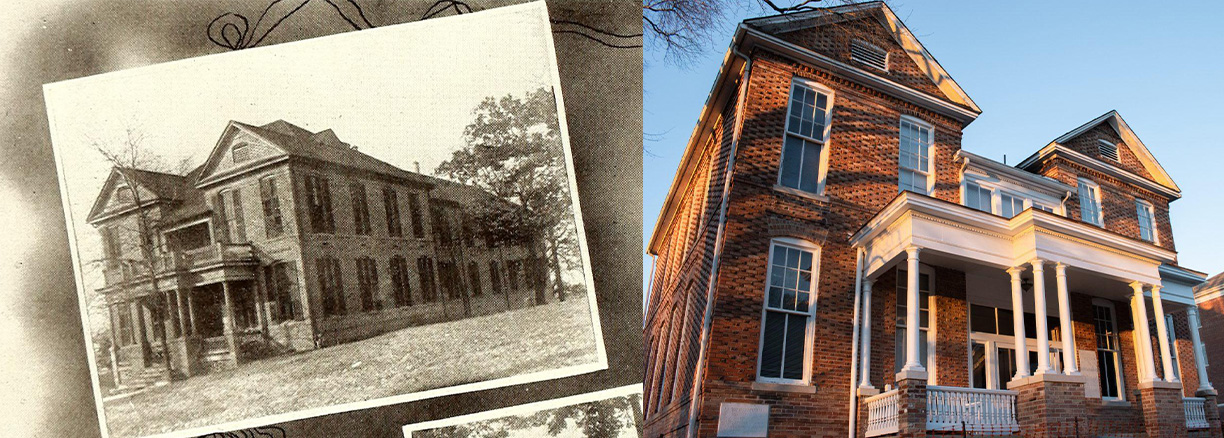
George Hall (1902)
With its storied history as the College Infirmary, George Hall was once at the heart of campus health care, even during the 1918 influenza pandemic. This building, listed on the National Register of Historic Places, serves as a testament to the university’s enduring resilience and commitment to student well-being.
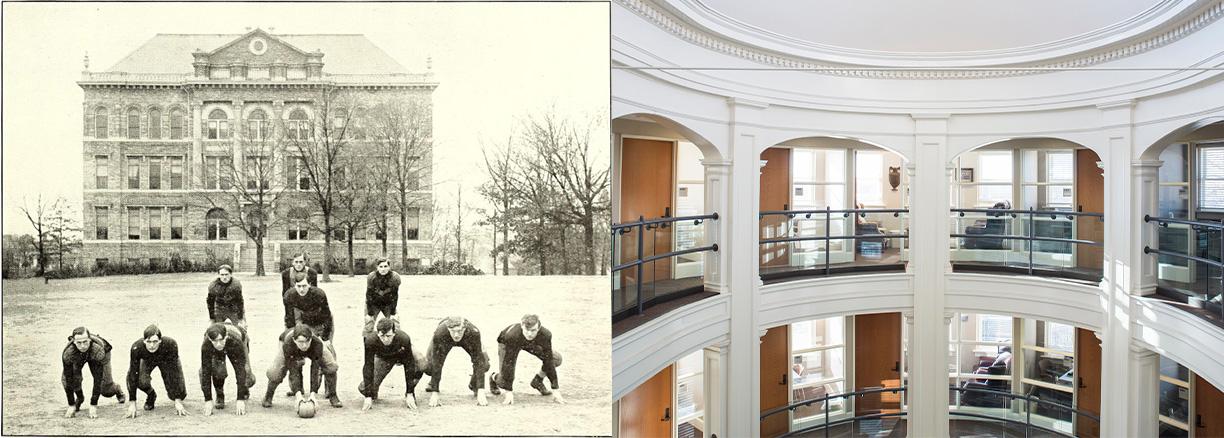
Montgomery Hall (1903)
Montgomery Hall, originally known as the Science Building, played a crucial role in MSU's academic evolution, housing early agricultural, biological, and physical science programs. Named after Col. W.B. Montgomery, a key figure in the establishment of the university and grandfather of G.V. "Sonny" Montgomery, the building is now home to the Office of Admissions and Scholarships, the Career Center, and Student Support Services.
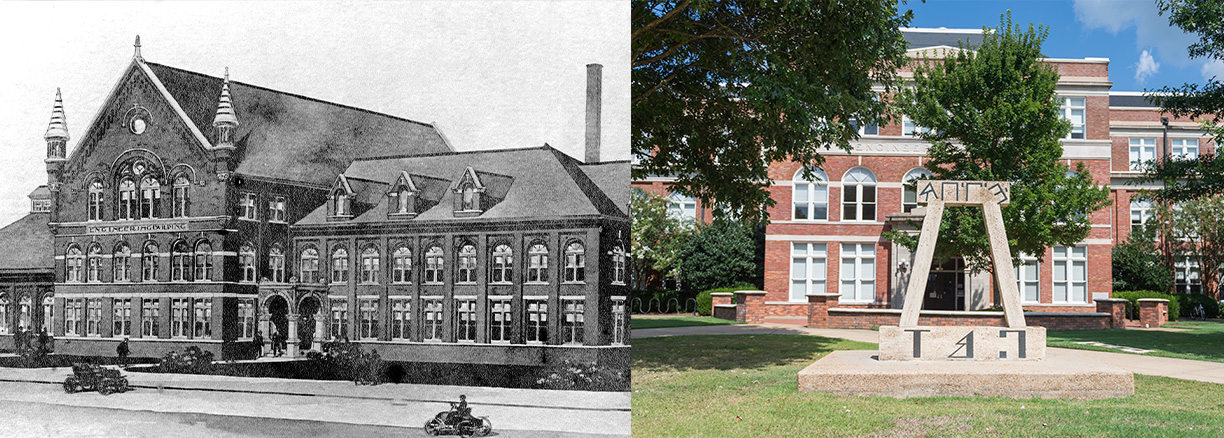
McCain Hall (1905)
Constructed as the Engineering Building, McCain Hall is a prime example of MSU's architectural heritage. With its Beaux Arts design by architect R.H. Hunt, the building has undergone multiple renovations to maintain its historical charm while meeting modern needs. Named after Professor Dewey M. McCain in 1966, it honors his contributions to civil engineering and stands as a Mississippi landmark, reflecting MSU's long-standing commitment to academic excellence.

Middleton Hall (1907)
Originally built as the Dairy Building, Middleton Hall played a vital role in supporting the university's agricultural programs and the broader farming community. Over the years, it has housed various functions and is now the ROTC Building, renamed in 1986 to honor Army Gen. Troy Middleton, an A&M graduate and distinguished military leader. Today, it continues to serve as a hub for military training and leadership development.







